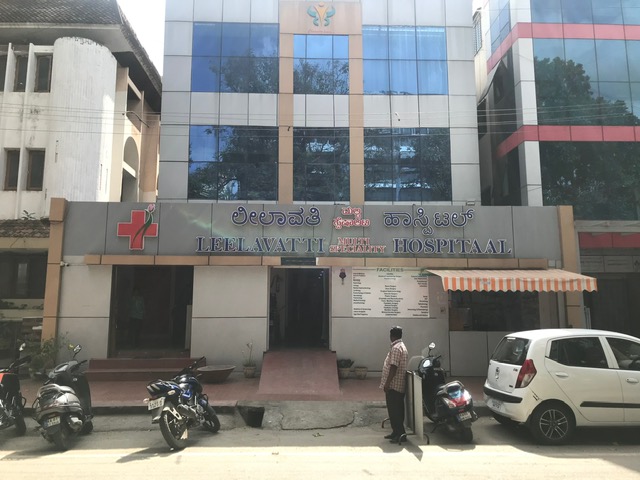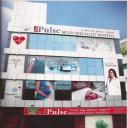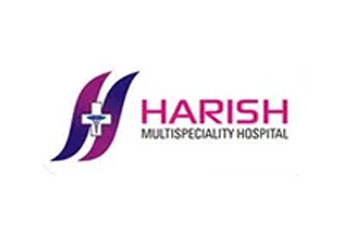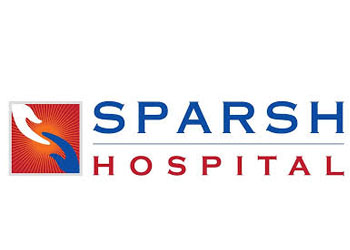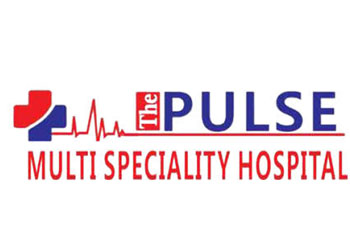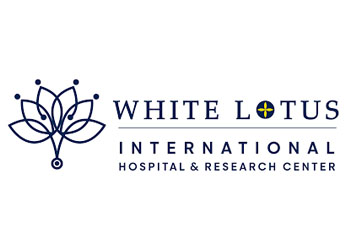Precision Orthopaedic Excellence, Tailored to Move You Forward
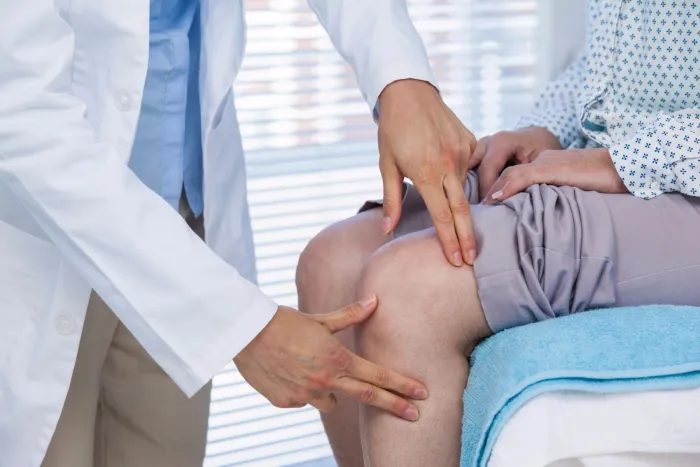
It is an innovative surgical option for individuals with severe joint damage from arthritis or any injury apart from age-related wear and tear. Unlike traditional joint replacement surgery, this is a robot-assisted procedure, meaning that the surgeon is aided by robotic technology to plan and perform the surgery with laser-guided precision. A three-dimensional model of the joint is printed prior to surgery so that surgeons can tailor the position and size of implants to each patient's anatomy. The robot directs the surgeon's tools during the operation in order to achieve precise manoeuvring and avoid damage to the surrounding tissues.
Ideal candidates are those with chronic joint pain, decreased motion and radiographic evidence of joint degeneration that hasn’t improved despite usual treatment such as physical therapy or medication. It is particularly helpful for active, younger patients in whom long-term implants may be required or for patients with complex joint anatomy.
Robotic-assisted surgery has potential benefits including smaller incisions, less blood loss and pain after the operation, quicker recovery and normal joint motion after surgery. The increased accuracy leads to improved implant alignment, ultimately improving joint life and function.
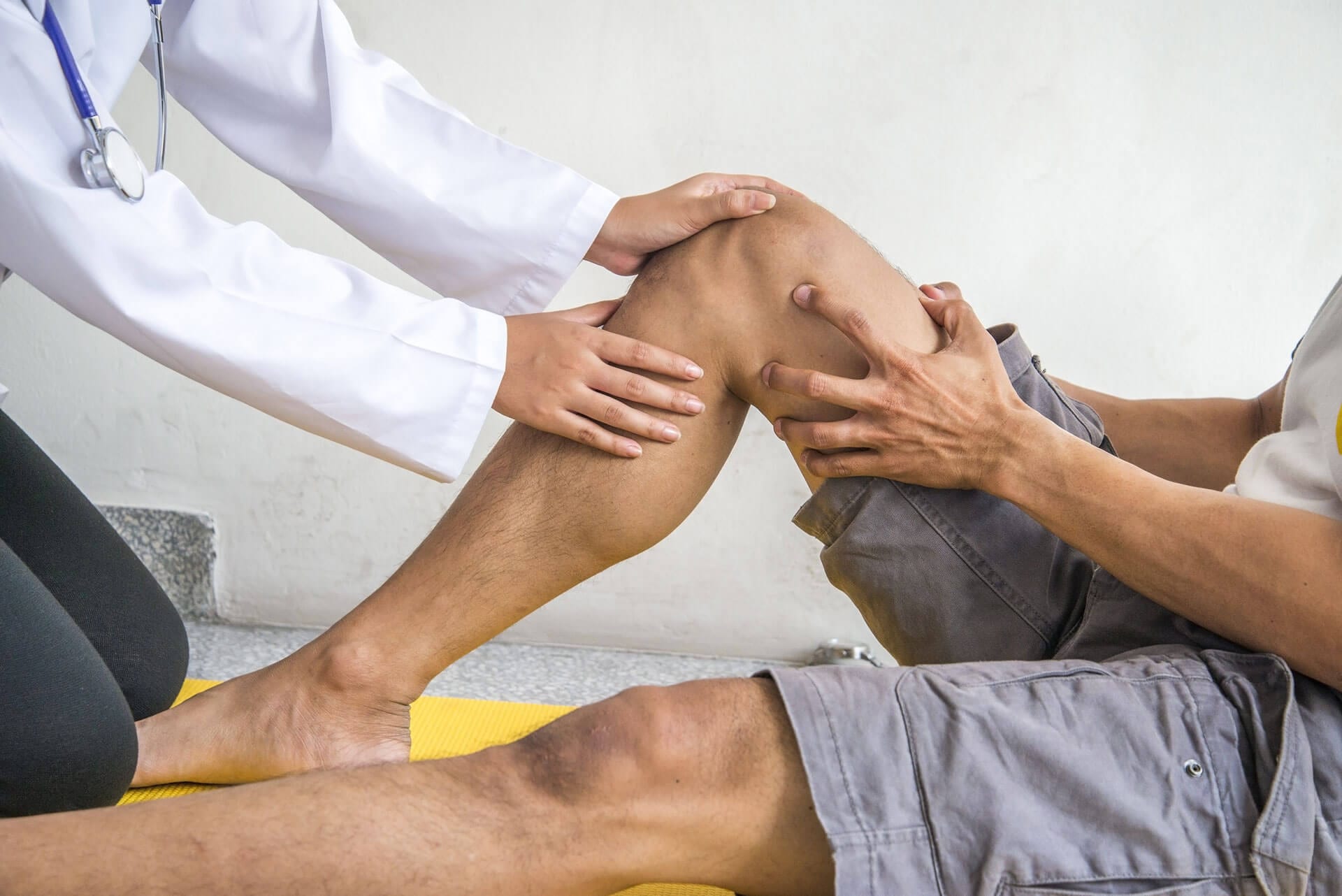
Both spinal fusion and disc replacement are types of surgery that are intended to treat chronic back or neck pain due to degenerative disc disease, a herniated disc, or spinal instability. These treatments focus on the affected part of the vertebrae and the goal is to reduce pain.
In spinal fusion, two or more vertebrae are surgically fused together using bone grafts, screws, and rods, so there is no movement between them, resulting in stability and pain relief. Eventually, the fused bones further fuse into a single solid unit. Disc replacement, on the other hand, removes the damaged disc and replaces it with an artificial disc. This disc can still bend and move in the same way as a natural disc in the spine.
These surgeries are needed when usual methods like physical therapy and medication cannot provide relief. It is helpful for people who have localized pain that doesn't transfer to the arms or legs. Both of these can help by reducing nerve irritation and improving posture.
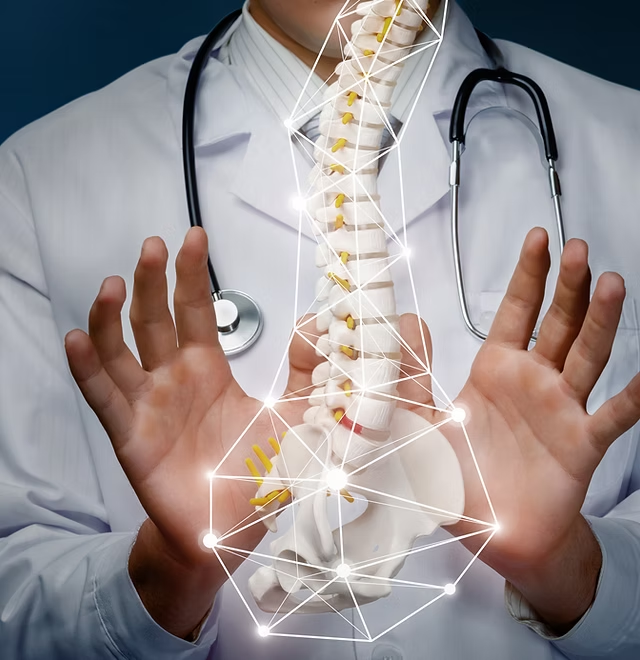
Arthroscopic sports injury repair is a minimally invasive surgical procedure that can diagnose and treat joint injuries such as damaged ligaments, cartilage and tendons that are common among athletes and active people. Through small incisions, the surgeon uses a pencil-sized camera called an arthroscope to view the inside of the joint on a monitor, and specialized instruments to repair or remove damaged tissues.
This treatment is most often done for the knee and shoulder. But it can also be done on the ankle, wrist, or elbow. Conditions such as ACL tears, meniscus injuries, rotator cuff tears, and cartilage damage are often treated with arthroscopy. It is recommended for patients who have joint instability, swelling, catching or locking, or whose pain is still experienced after conservative treatment such as rest and physiotherapy.
There are considerable benefits to arthroscopy over traditional open surgery methods. These include less postoperative pain, smaller risk of infection, less scarring and shorter time for recovery. An outpatient procedure, this surgery is done as a day-case, enabling patients to be discharged on the same day. Athletes gain the most as they get back to the game faster.
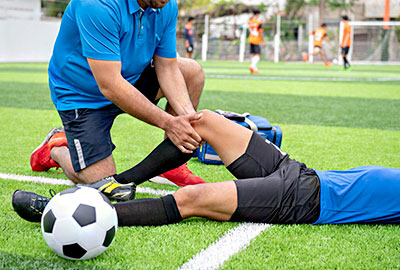
Limb lengthening and reconstruction are advanced orthopaedic procedures used to correct bone deformities, address limb length discrepancies, and treat complex fractures or post-traumatic bone loss. These treatments combine mechanical devices and surgical precision to gradually extend or rebuild bone tissue over time.
The process begins with an osteotomy, where the bone is surgically cut. An external or internal fixation device, such as the Ilizarov apparatus or an intramedullary lengthening nail, is then applied to slowly separate the bone segments. Over weeks to months, new bone forms in the gap, eventually achieving the desired length or corrected alignment. Reconstruction may also involve bone grafts or biologic enhancers to support healing.
These procedures are suitable for patients with congenital deformities, significant injuries, bone infections, or previous surgeries that affected limb growth. It’s also used in cosmetic height enhancement under strict ethical and medical guidelines.
Limb lengthening and reconstruction offer life-changing benefits. They correct gait abnormalities, reduce joint strain, and enhance physical symmetry. For trauma cases, these procedures restore limb function, alignment, and mobility, helping patients avoid amputation or severe disability.
Hospital
Leelavathi Multispeciality Hospital
Orthopaedic & Joint Replacement
N0 7,2nd main road , Chamarajpet
- Bangalore, Karnataka
-
Timings:
24/7 Service
PULSE MULTI SPECIALITY HOSPITAL
Orthopaedic & Joint Replacement
NO/5/8/1 ,50 FEET ROAD MUNESHWARA BLOCK GIRINGAR, BANGALORE.
- Bangalore, Karnataka
-
Timings:
24/7 Service





